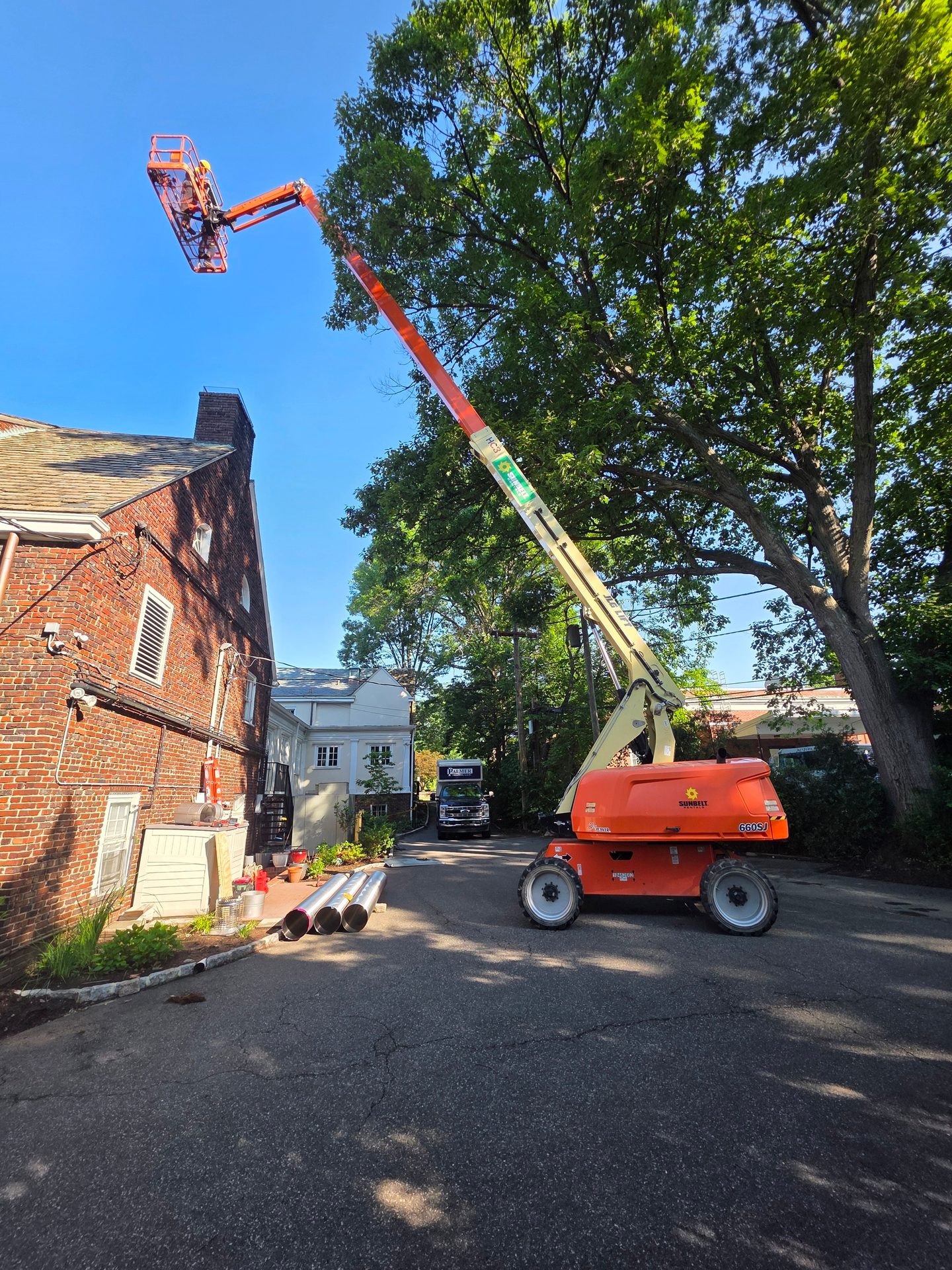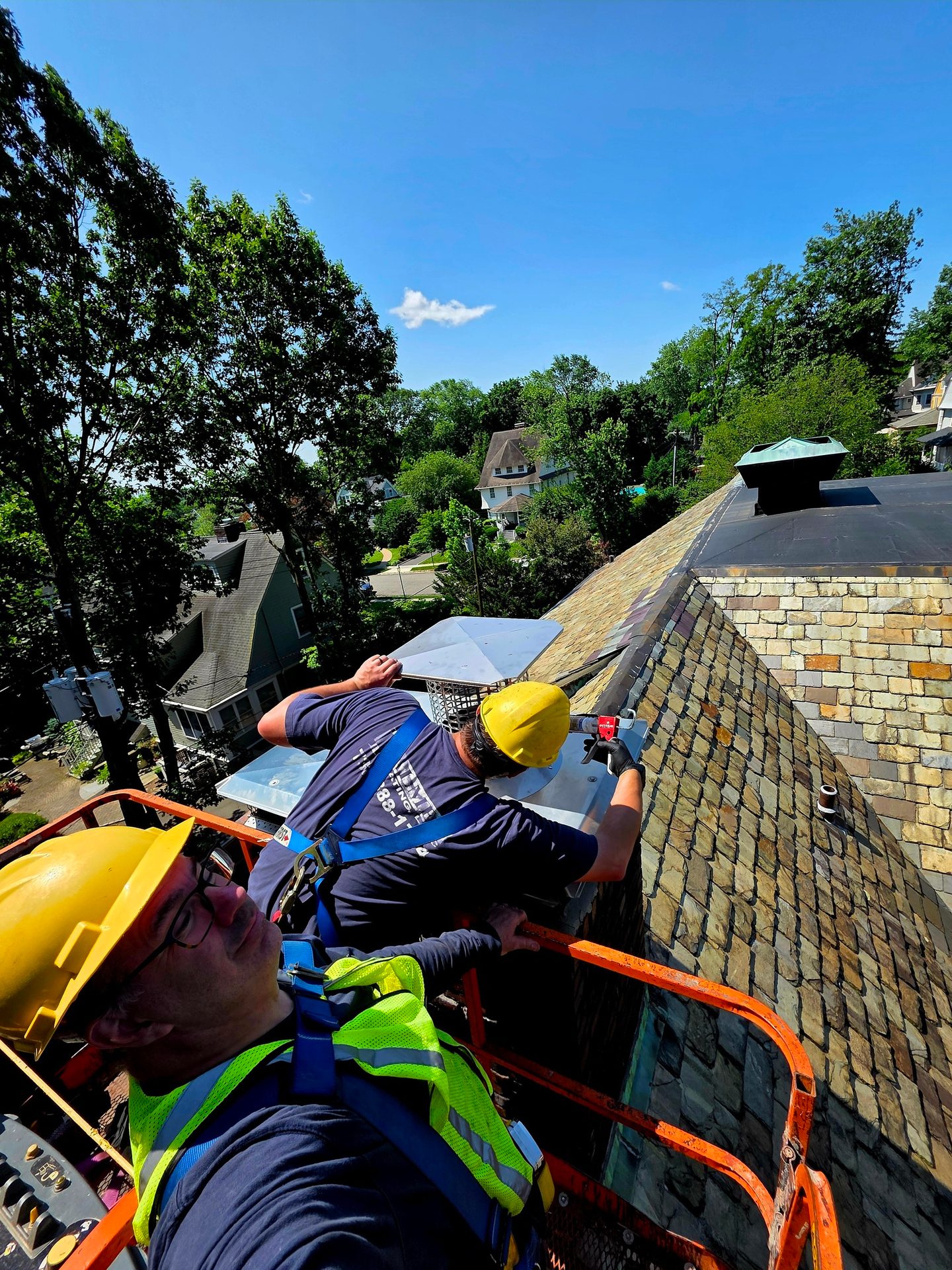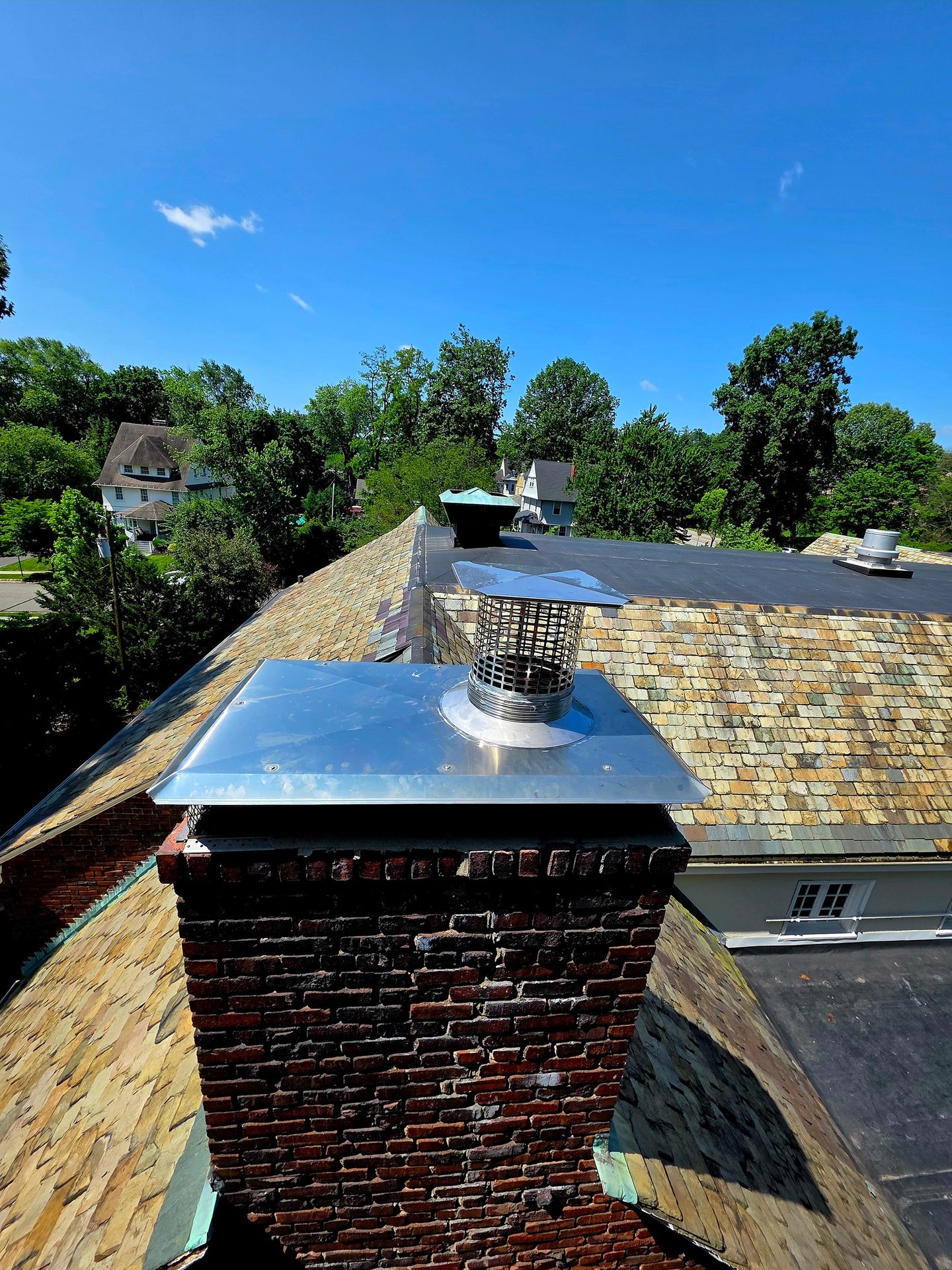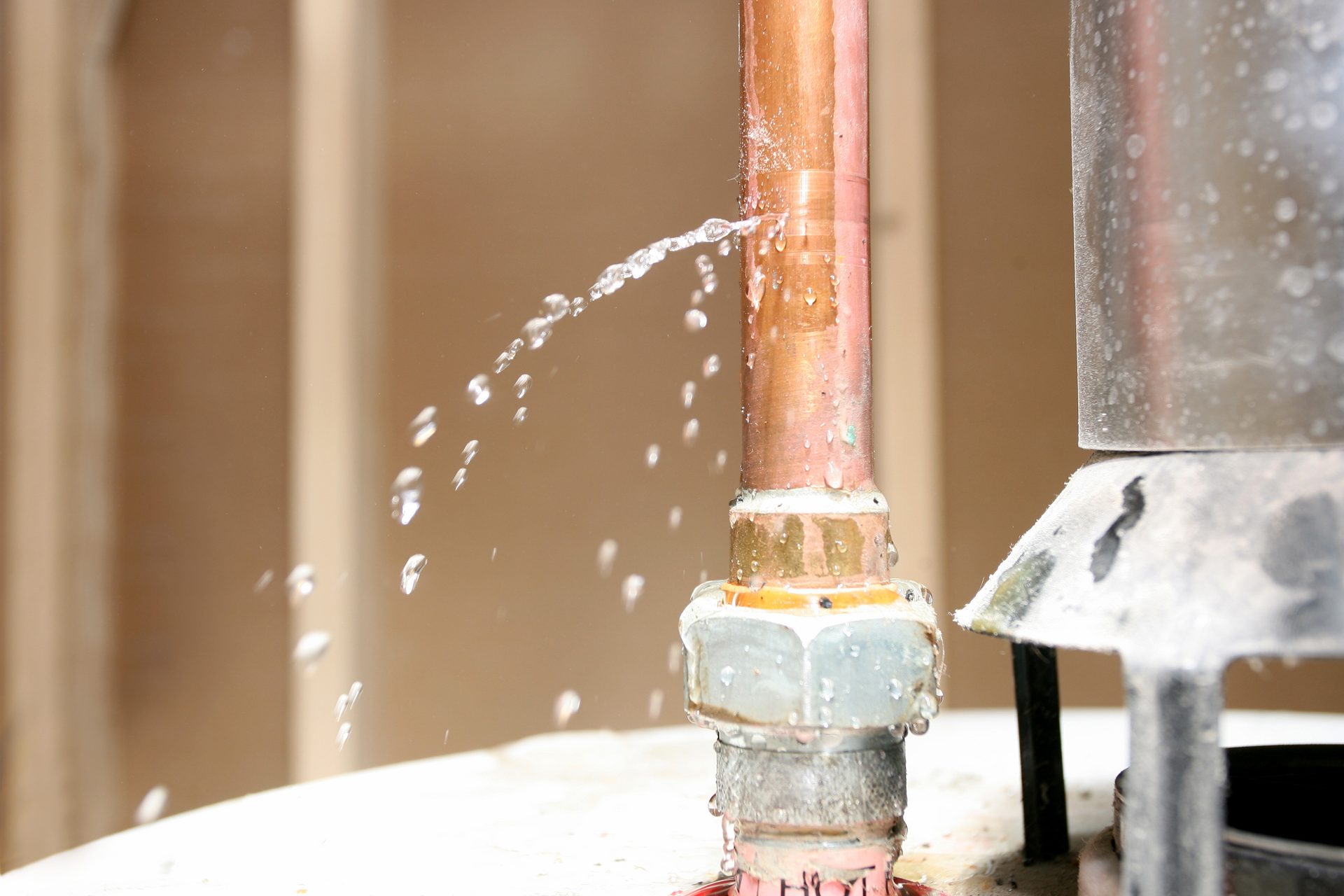
HEATING PERCEPTIONS
BY Scott Secor
MANAGING YOUR BUSINESS
Traffic and the trades
A routine job turns into a lesson in logistics, patience and priorities.

Sometimes we have to drive in heavy traffic.
Last month, I wrote about a job we were in the middle of that included replacing a cast iron steam boiler. The building also had a small water boiler that heated a basement apartment and a large residential style water heater. All three appliances shared a common exterior chimney that was original to the building.
The chimney is approximately thirty-five feet tall. The exterior is red brick and the interior is lined with what appears to be terracotta.The Club was aware that the code requires a chimney liner, and asked us to include this as part of our bid. We have installed many chimney liners over the years. About five years ago, we were introduced to a company that specialized in chimney liners. They have done about ten jobs for us so far. Their prices are normally good, work is good, and they are very reliable. We called them to look at this job.
When the two guys from the chimney company arrived, it was pouring rain. We showed them the boiler room along with the three appliances. Then, we went outside and pointed to the top of the chimney that needed to be lined. They went back to their truck and each guy came back with a roughly twenty-foot extension ladder. One ladder was set up against the back of the building that had a small section of flat roof. The second ladder was stood up on the flat roof, it leaned against the slate roof that was approximately twenty-five feet tall. This meant they had to scale the wet slate roof from the top of their ladder to get to the peak. After working in the rain for almost two hours, the guys were dripping wet and on their way to look at their next job. Ten minutes later, we get a call from their boss.


Sometimes the biggest lift happens before the job even starts.
A great crew with the right equipment is priceless.
The boss wanted over twenty-five thousand dollars for the job. This was a problem, as I budgeted ten thousand dollars for the work. I based this on the last ten jobs they did for us and many jobs we did ourselves in the past.
We almost never charge for “add-ons” when doing large contract jobs. We are very thorough when we do estimates, and try to include everything we can think of. As a matter of fact, we have bid and won over a dozen jobs that specifically excluded “change orders.”
We now had to consider other options. We found a company that had the chimney liner in stock, along with the other components we needed. Their price was excellent, and they helped with choosing the best type of liner for our needs. I called around for a large boom lift that had extra weight capacity. Most boom lifts are limited to five hundred pounds. On this job, that is not enough capacity for two large men with tools, rigging and a thirty-three-foot stainless steel chimney liner. Much to my surprise, the perfect lift for this project was available. They delivered the lift that day to the site.
Since the weekend was coming and the Club was hosting a wedding on Saturday and a “pre-wedding” on Sunday, we decided Friday would be the chimney liner day. My son’s best friend was off from his regular job and offered to help us. I called around and was unable to get a delivery service to pick up the chimney liner materials. Desperate, I decided to take one of our old extended work vans myself and head east to Long Island, NY. Before I left the office, I checked Google maps, it looked like it would take me an hour and a half each way. It was now twelve noon; I figured I would be back by four pm or thereabouts.

A seven-hour round trip for one piece of the puzzle—just another day in the trade. Images courtesy of Scott Secor
At 1:30pm, I was twenty miles from the shop, sitting in traffic about to enter the Holland Tunnel (for those unfamiliar, this tunnel connects NJ to NY and travels under the Hudson River). At 2:15pm, I was crossing from Manhattan to Brooklyn, twenty-four miles from the shop. For the majority of the next two hours, I was on Route 495 heading east. At 4:15pm, I arrived at the warehouse. I met the owner and some of the very friendly staff. While the people in the warehouse were pulling my order, the office people listened to me complain about the traffic. I think they felt sorry for me as they handed me two tee shirts with their logo on the back. I thanked them, loaded the ten-foot lengths of the fourteen-inch chimney liner, along with the other components and jumped into the van.
It was now 4:45pm and Google maps directed me though Bethpage, then back to 495. I stopped for a bathroom break and grabbed a few drinks and a snack. At 6:00pm, I was crossing from Brooklyn to Manhattan.Thankfully, there was very little traffic in Manhattan. By 6:20pm I was beneath the Hudson River entering NJ. Oddly, traffic was also very light for this time of day in one of the busiest parts of NJ. I arrived at the restaurant at 7pm.
I called around and was unable to get a delivery service to pick up the chimney liner materials. Desperate, I decided to take one of our old extended work vans myself and head east.
Oh, I forgot to mention it was my wife’s birthday. My wife, along with our daughter, her husband (of six months), our son, his wife and our four-month grandson, along with my mother were meeting for dinner and ice cream afterwards at 7pm. I was actually the first one there. Sitting there with my family singing “Happy Birthday” certainly put things into perspective.
I had a lot of time to think along my seven-hour journey to travel one hundred and twenty-five miles (round trip). I don’t think any employee that ever worked for the company would have been happy. I would have felt horrible if I asked anyone else to do this trek. I am used to NJ traffic, as I have lived here my whole life. Typically, I get on the Garden State Parkway, stop for a traffic jam for ten minutes and then the road opens. On this trip, the break in traffic never really occurred until I was almost home. I was not alone as I drove next to the same vehicles for at least an hour on Rt 495. I wondered how many times my mentor Dan Holohan made this journey.
The chimney liner work could not have gone any better. We started at 8am, and were done by noon. A great crew with the right equipment is priceless. It took about eight hours of labor sealing up the chimney and installing the smoke pipe.

Lead image courtesy of ilbusca / E+ / Getty Images
Scott Secor runs a small heating business in New Jersey. Founded by his father, Ken Secor, in 1976, Scott began working for the business in the summer of 1986 while attending college. In 2006, he purchased the business and has been running it ever since. The company designs, installs and services steam and hot water heating systems. Contact him at scottsecor@comcast.net.
Letter to the writer
From an engaged reader in reference to Scott Secor’s June 2025 column.
You’ve developed a great article in PM last month, swiftly moving to interesting points and so readable! I wanted to know more, so I’m glad that there’ll be a continuation of it. What a cool job you’ve got yourself there. It’s also readily apparent you know your craft, and you write well! Thanks for sharing your insights with readers. I’ll add your column to my list of must-reads.
Yet, there are just a few points I‘ll make, correctively. But first, you’ll need to know that I/my firm represents Watts (as a writer/PR firm), but I won’t let that influence my note you.
“Entran Onix” doesn’t exist. Watts Onix synthetic rubber tubing does. As you know, it was developed for radiant uses, and is a smartly-layered oxygen barrier product with many advantages. I consider it the “Rolls Royce of radiant tubing,” a force-multiplier for installers, especially when jobsite challenges call for its durability and flexibility, chiefly as an option to PEX or PERT.
The historic connection to Entran is easy to make, though I can assure there were no “gene transfers” in its development from Watts in the wake of Entran’s sad failure. Back in the day, Heatway – led brilliantly by Mike Chiles – was growing well; its contract w/big-name rubber tire manufacturer began to come apart when said manufacturer altered Entran’s formulation. Believe it or not, a small amount of clay (yup, that’s right) was written into its chemical code, a tightly-defined formulation that was adhered to successfully, but only for a short while. Without notifying Mike Chiles or others at Heatway, the rubber manufacturer altered the formula to reduce the cost of manufacturing the product, allowing more clay to be used. This small alteration became huge, causing failure of the tubing and ultimately the industry’s biggest class action lawsuit. Ouch! It was a bad time for those in the radiant heat industry, especially installers who’d used Entran on jobs, many of which were new mansions owned by folks who took no pleasure in their now-leaking homes.
Years later, facing total bankruptcy, Heatway – also then the producer of many brilliant hydronic/radiant heat technologies – was acquired by Watts. Entran was a failure of the past, from a company that no longer existed, and was never brought back to life. All of this happened when I was a staff member of the RPA – then known as the Radiant Panel Association. Those times (mid-90s to 2010) were exciting pioneer days for anyone in the radiant heat business. Essentially, the introduction of PEX tubing resuscitated the hydronic industry, bringing new life to what was previously a replacement-only market. Entran was just a small player, yet it grew into a volcano of sorts, creating broad consumer doubt about the efficacy of radiant heat, and hydronics. I’m glad those post-Entran years are over!
So, when you use “Entran,” there’s (intended or not) an insinuation of fault and failure. Please be cautious with this.
So, back briefly to Onix. I’ve installed the remarkably flexible, über-resilient tubing, or “pipe” as preferred by some, on my own jobs – a couple of them w/plumbing & mechanical pro/good friend + fellow columnist, Dave Yates (Dave and other trade pros taught us a lot; enthralled and energized, we began small installation projects of our own, most with Onix, and all still operating beautifully today, decades later). Your article sort’a insinuates that Onix may be the oxygen-infiltration-culprit here, allowing its identification to permit that impression. From the sounds of it, the installation’s key challenge at your jobsite – oxygen where it doesn’t belong – caused the corrosion of ferrous components with rust, gunk and crud strewn throughout the piped system. The photos you took show that. And your article presents those insights so compellingly! I look forward to learning more about it.
Scott, I wish you the very best of luck as you develop your career. And, following the path of some of your contemporaries, and those who’ve gone before you – like installer/writers Dan Foley, Keefer Rader and Dave Yates – you’ll surely find a source of excitement and professional satisfaction in sharing your insights with others. You’ve begun to think editorially, and to see things from that perspective. Your dual role is one that few trade pros experience, yet though your writing will enjoy!
Best regards –
John Vastyan, CEO, Common Ground
